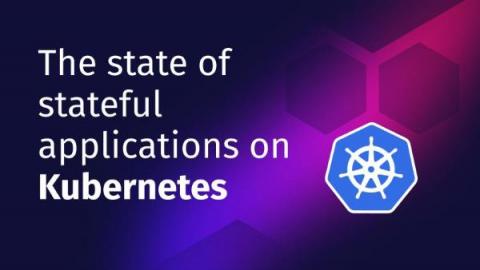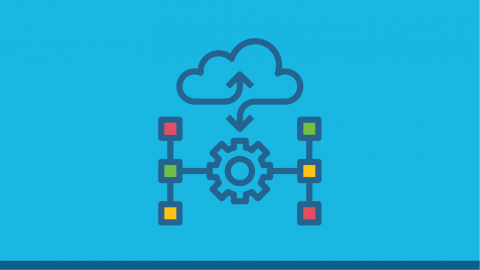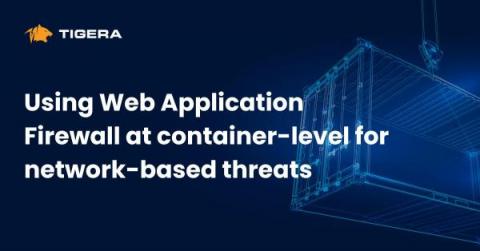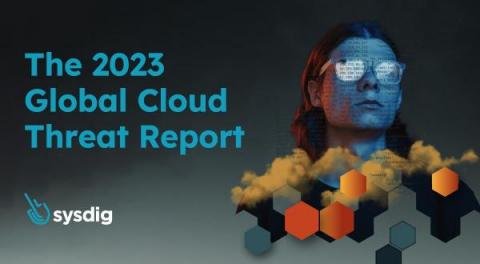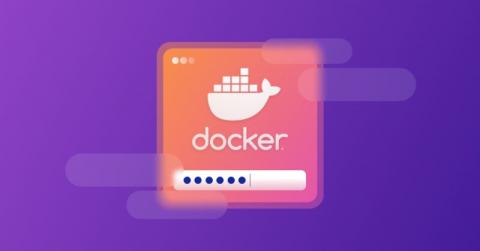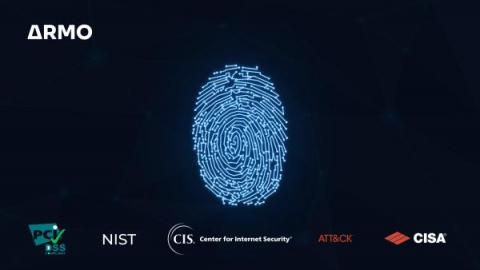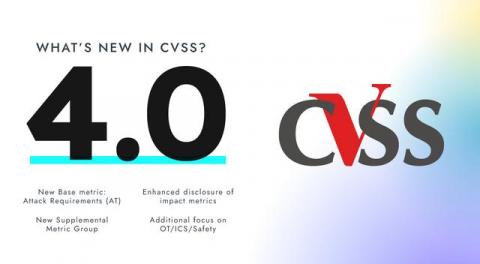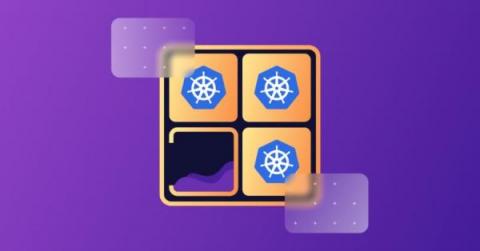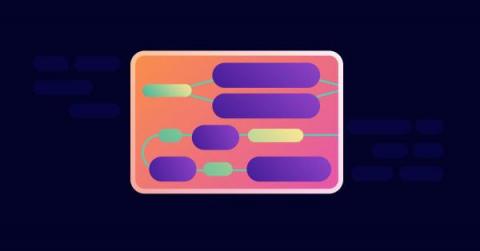Security | Threat Detection | Cyberattacks | DevSecOps | Compliance
Containers
How to Secure Communication Between Microservices
The migration to microservice architecture from monolithic applications is happening en masse as enterprises realize its scalability and efficiency benefits. According to an IBM report1, 56% of nonuser organizations plan on adopting the microservice architecture by 2023. Breaking an application into small, loosely coupled services lets independent teams quickly design and deploy these components.
Using Web Application Firewall at container-level for network-based threats
The microservices architecture provides developers and DevOps engineers significant agility that helps them move at the pace of the business. Breaking monolithic applications into smaller components accelerates development, streamlines scaling, and improves fault isolation. However, it also introduces certain security complexities since microservices frequently engage in inter-service communications, primarily through HTTP-based APIs, thus broadening the application’s attack surface.
2023 Global Cloud Threat Report: Cloud Attacks are Lightning Fast
The second annual threat report from the Sysdig Threat Research Team (Sysdig TRT) is packed with their findings and analysis of some of the hottest and most important cybersecurity topics this year. Threat actors are really embracing the cloud and are using it to their advantage to evade detection and speed up their attacks.
How to Dockerize a PHP application securely
Let’s say you’ve built a PHP application, but you want to separate it from supporting infrastructure in a way that keeps things lightweight, portable, and still quite secure. You’d like other developers to be able to work on it without having to recreate whole environments. In short, what you want to do with your application is containerize it — package it and its dependencies into containers that can be easily shared across environments.
Kubernetes Security Compliance Frameworks
The challenge of administering security and maintaining compliance in a Kubernetes ecosystem is typically the same: an increasingly dynamic, ever-changing, ephemeral landscape. Changes can be rooted in new approaches to cyberattacks or changing regulations. Kubernetes security requires a complex and multifaceted approach since an effective strategy needs to.
CVSS Version 4.0: What's New
Over the last decade, many vulnerabilities were initially perceived as critical or high but later deemed less important due to different factors. One of the famous examples was the “Bash Shellshock” vulnerability discovered in 2014. Initially, it was considered a critical vulnerability due to its widespread impact and the potential for remote code execution.
Implementing TLS in Kubernetes
As cloud technology continues to evolve, the demand for Kubernetes is skyrocketing. As a result, security has become a top priority for developers looking to protect their application data. That's where Transport Layer Security (TLS) comes into play. TLS is essential for ensuring a secure connection between your applications and the internet. TLS leverages asymmetric and symmetric cryptographies to keep your data secure in transit and at rest.
Cybernews Expert Interview with Tigera President and CEO, Ratan Tipirneni
The challenges companies face regarding private and professional data protection are more important today than ever. In the modern enterprise, cloud computing and the use of cloud-native architectures enable unmatched performance, flexibility, velocity, and innovation. However, as digitalization pushes applications and services to the cloud, cyber criminals’ intrusion techniques have become increasingly sophisticated.
Control your role! Kubernetes RBAC explored
Role-based access control (RBAC) is an approach for controlling which actions and resources in a system are available to different users. Users are assigned roles that grant them permission to use particular system features. Kubernetes has a robust built-in RBAC implementation for authorizing user interactions with your cluster. Setting up RBAC allows you to define the specific actions that users can perform on each Kubernetes object type.


